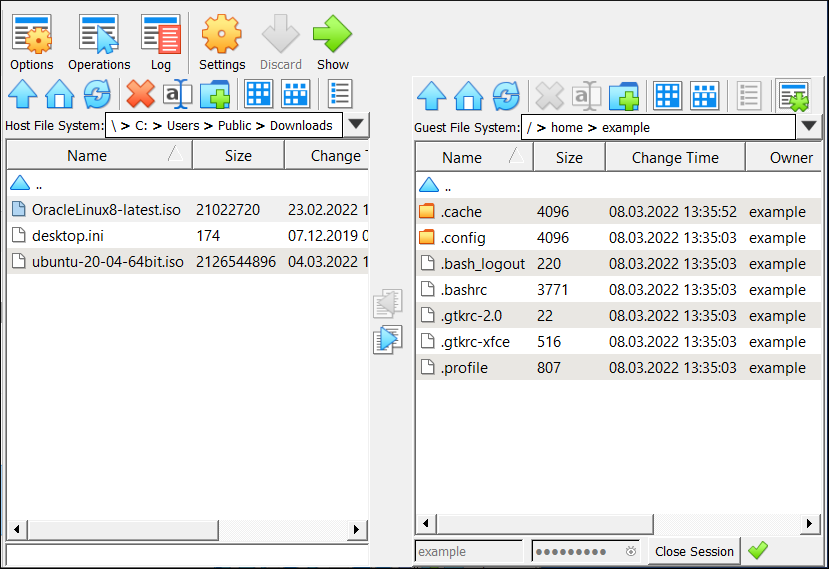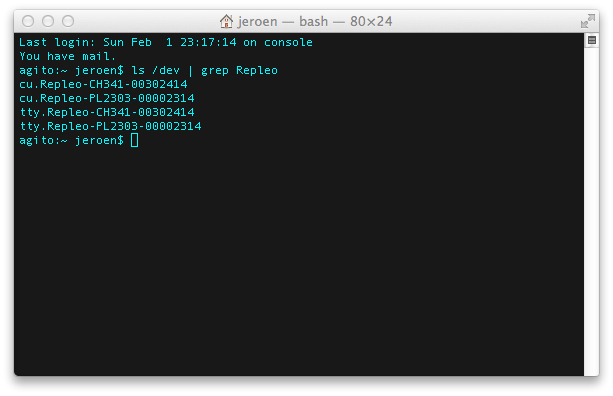
MacOS VirtualBox VM on Ubuntu
Posted by Shujin Wu on February 23, 2017
Step 1: Download the Sierra installer from Mac App Store.
Step 6: Install Sierra. Insert sierra.iso to the sierra VM’s optical driver, and follow the instruction to install Sierra. Note: In the installer, Go to Utilities Disk Utility. Select the VirtualBox disk and choose Erase to format it as a Mac OS Extended (Journaled) drive. 2- Create Mac OS Virtual Machine. On the VirtualBox, create a new virtual machine. Enter a name for the virtual machine and select a Mac OS version suitable for the Mac OS version that you have downloaded. Mac OS operating systems need a large amount of RAM to. This video shows probably the quickest way of getting MacOS Sierra up and running on a Linux host.The files are here -https://drive.google.com/drive/folders/.
This should be done in you Mac and the installer will be placed in /Application/ folder.

Step 2: Prepare Sierra iso
Mac Os Catalina Virtualbox Linux
Use geerlingguy’s script to prepare a sierra iso file.
Step3: Install VirtualBox in Ubuntu
You should have your VirtualBox and the Extension Pack installed, or use my ansible role
Step 4: Open VirtualBox and create a new VM.
Settings:
- name: your_sierra_vm_name
- type: Osx
- version: Mac OS X 10.11 El Capitan (64-bit)
- Other
Step5: Configure VM for MacOS (Very important!)
Run following commands and replace “Sierra” with ‘your_sierra_vm_name’.
Step 6: Install Sierra
Insert sierra.iso to the sierra VM’s optical driver, and follow the instruction to install Sierra.
Note: In the installer, Go to Utilities > Disk Utility. Select the VirtualBox disk and choose Erase to format it as a Mac OS Extended (Journaled) drive.
Step 7: Remove sierra.iso and restart VM.
Mac Os On Virtualbox Windows
Reference
Macos Virtualbox Linux
See also:

